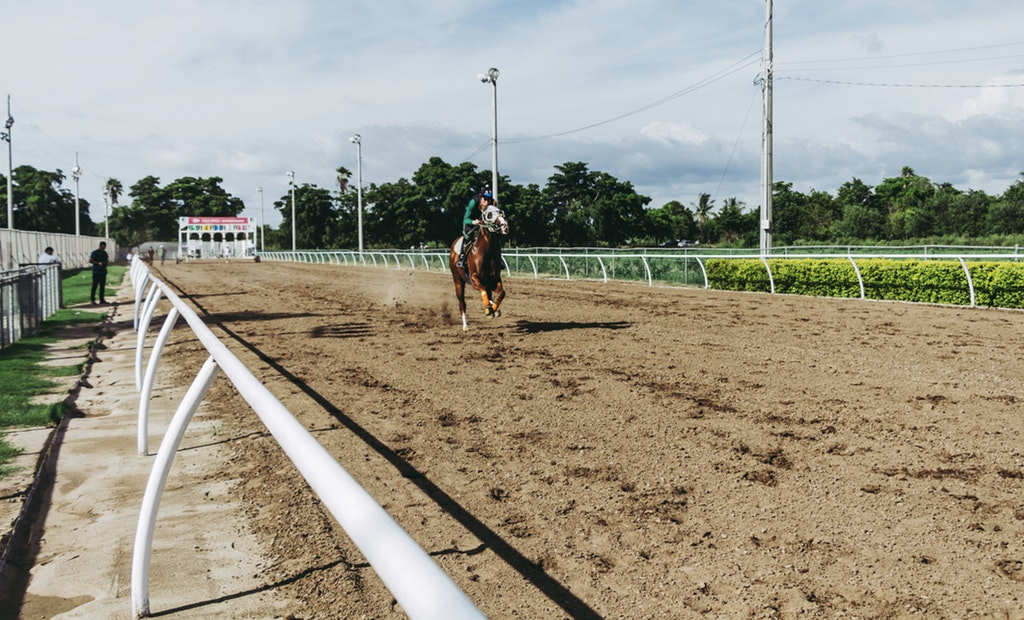The history of horse racing in numbers

Horse racing has a long and interesting history, dating way back to 1606 and the reign of King James I. It’s a sport that’s synonymous with royalty and the elite in the UK but it’s long been a popular activity the world over. Here are the key dates in the history of this great sport.
1606
Horse racing is believed to date back as far as the middle ages unofficially, but the first notable date in this sport’s history is with the reign of King James I in 1606, when the small town of Newmarket became established as a royal resort and horse racing began as a sport. It’s around this time that Newmarket became a landmark for racing horses and other races cropped up around the country, including Yorkshire, Enfield and Croydon.
1711
Queen Anne reigned between 1702 and 1714 and during this time, horse racing really took off in terms of popularity, more closely resembling the sport as we know it today. In 1711, she created the Ascot racecourse close to Windsor Castle and match racing developed into multi-horse races where spectators could focus on the winners and losers. To this day, the Queen Anne Stakes is the opening race of the Royal Ascot festival in recognition of everything she did to progress the sport. It’s also during this time that the rapid expansion of the sport created the need for a central governing authority to manage the business aspect of the game.
1750
In 1750, the Jockey Club was formed to control horse racing in England and to create a set of rules that governed the sport. They sanctioned racecourses to conduct meetings under set rules and in 1814, races for three-year-olds were labelled as classics.
1814
After the first 1,000 Guineas Stakes race in 1814, five classic races were established. These included the St. Leger Stakes, the Epsom Oaks, the Epsom Derby, the 2,000 Guineas Stakes and the 1,000 Guineas Stakes. These are still regarded as the top-tier flat races even to this day, representing the highest standard of competition.
1928
In 1928, Winston Churchill established the RBA as a way of providing a legitimate solution that the government could control and manage. This meant that profits could be reinvested into the sport and that it could also be taxed by the government. What the ruling also provided was an element of credibility to the activity, as illegal rings and illegitimate operations were no longer necessary.
1996
The first fully licensed online site, Intertops, was launched in 1996 which paved the way for online participation. This innovation in the world of horse racing meant that people didn’t have to worry about the inconvenience of visiting places in person.
The editorial unit























Facebook
Twitter
Instagram
YouTube
RSS